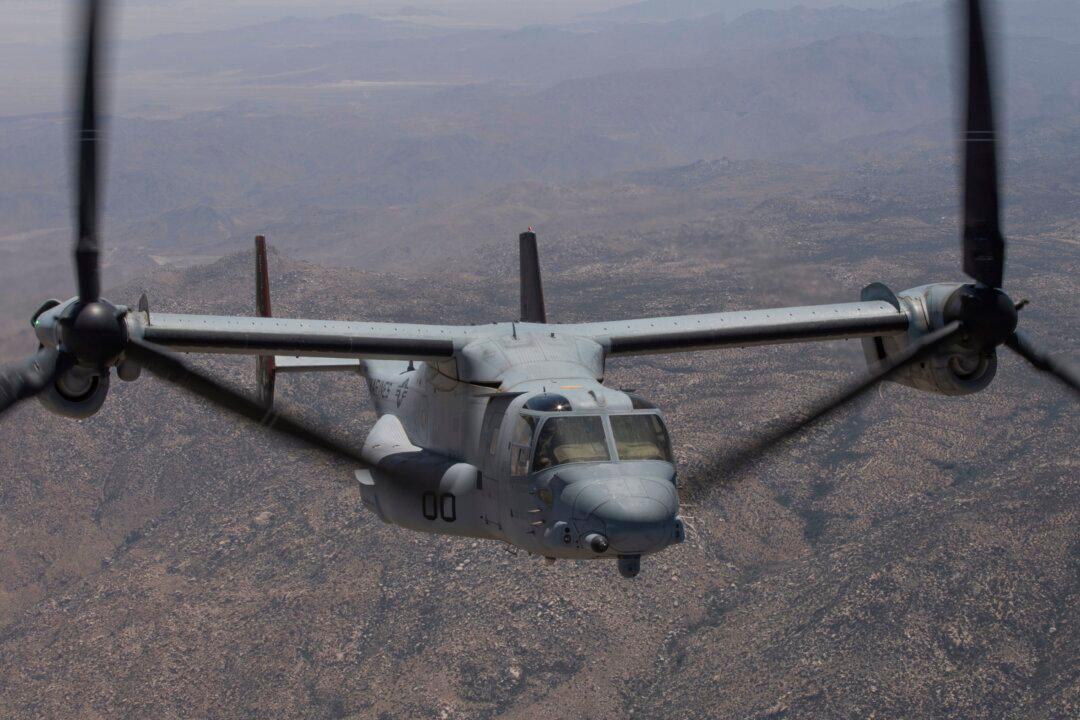Seven people are still missing and one individual has been found dead after a U.S. Air Force Osprey crashed off the shore of Yakushima, Japan, during a training mission on Nov. 29, officials have confirmed.
The Air Force Special Operations Command said in a Dec. 1 statement that the U.S. military, the Japan Coast Guard, the Japanese Self-Defense Forces, local law enforcement, and Japanese civilian volunteers are currently searching for the remaining individuals who were onboard the Air Force CV-22B Osprey.




